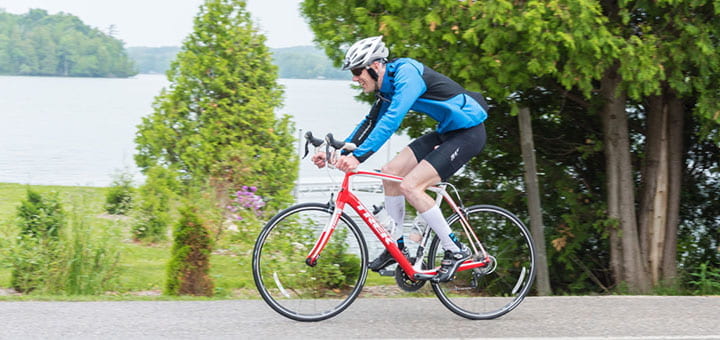Month: April 2021
-
The Multiplier Effect
By
|
Women in Leadership In our last blog post we reviewed where women stand in the quest for gender equity based on a Declaration and Platform for Action developed by the UN in 1995. Although the global community has a long way to go, there are bright spots, where innovative women “solutionaries” are pivoting not only to cope…
-

Billion Dollar Outdoors
By
|
Wisconsin’s diverse outdoor recreation activities bring in billions of dollars year-round. That is the finding of a recent report by the Wisconsin Department of Tourism’s Office of Outdoor Recreation. The report reiterates recent U.S. Bureau of Economic Analysis data showing Wisconsin’s outdoor recreation industry’s strong foundation contributes $7.8 billion to the state’s gross domestic product.…

